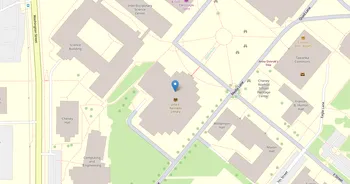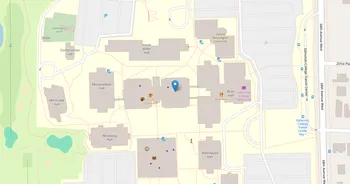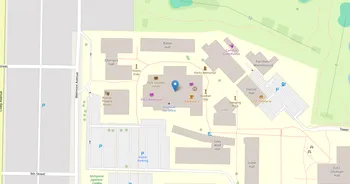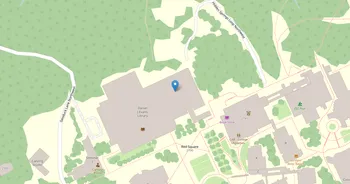Divers Institute of Technology (DIT) : Overview, Courses, Scholarships & Rankings
About Divers Institute of Technology
Set right by Seattle's working waterways, Divers Institute of Technology is known for hardcore, hands-on maritime and underwater training. Instruction leans practical and safety-first, with faculty who come from the field and teach the habits that keep crews sharp. Facilities include training docks, platforms, specialized labs, gear rooms, and water access that lets students practice in real conditions. Students find career guidance, certification prep, and help with resumes and interviews, plus the kind of shop talk you only learn on the deck.
The campus vibe is focused, gritty, and team-driven. Days are active, with classmates becoming a tight crew through shared drills and problem solving. Off hours, the city is an easy playground, from kayaking and pier-side coffee to trail days in the mountains and live music at night. Seattle's maritime scene offers proximity to employers, guest speakers, and a wide professional network. What sets DIT apart is the immersion in real water, real weather, and real gear, with a culture that prizes discipline, calm under pressure, and getting the job done right.
Key Institutional Details
Contact & Profile
Academic & Institutional
Academic Programs & Fields of Study
Divers Institute of Technology (DIT) offers 1 degree programs across 1 major academic fields, graduating approximately 298 students annually. The most popular fields by graduate volume are Transportation (1 programs, 298 graduates). Explore program details, award levels, and graduate demographics below.
Transportation (1 programs, 298 graduates)
Logistics Management, Supply Chain and Transportation Systems
| Program Name | Graduates | Gender Distribution | Award Levels | CIP Code |
|---|---|---|---|---|
| Professional Diving and Instructor Training | 298 |
|
Certificate (1-2 yrs)
|
49.0304 |
Tuition, Fees & Estimated Costs
Overview of tuition rates, housing, and other annual education expenses for undergraduate and graduate students
Financial Aid & Student Support
Summary of scholarships, grants, student loans, and financial aid statistics for undergraduate students
Student Success Metrics
Graduation rates and post-graduation earnings to help assess student outcomes and long-term value of education.
Loan Burden & Repayment Outcomes
Breakdown of loan repayment rates and student debt levels by income and dependency status.
Frequently Asked Questions
Find answers to the most common questions about Divers Institute of Technology (DIT)
What academic programs and degree levels does Divers Institute of Technology offer?
Divers Institute of Technology (DIT) offers 1 academic programs across 1 major fields of study, with available degree levels: Certificate (1-2 yrs).
Most popular program areas include:
- Logistics Management, Supply Chain and Transportation Systems (1 programs)
Data based on IPEDS program completions for 2023-2024 academic year. Numbers reflect programs where students graduated, not all offered programs.
What financial aid and scholarships are available at Divers Institute of Technology?
Divers Institute of Technology (DIT) provides financial aid to 64% of first-time, full-time students, with average grants of $4,454 and average loans of $15,434.
Average financial aid amounts by type:
- Pell grants: $3,828
- State/Local grants: $3,204
- Institutional grants: $1,000
- Federal loans: $6,486
The university supports 124 students with grants and 114 students with loans annually.
Data based on IPEDS for 2022-2023 academic year. Financial aid amounts and percentages may vary by program, enrollment status, and individual circumstances.
What is the average salary for Divers Institute of Technology graduates?
Divers Institute of Technology (DIT) graduates earn a median salary of $56,726 after 6 years and $62,489 after 10 years.
The salary range 10 years after graduation spans from $34,027 (25th percentile) to $90,909 (75th percentile), with top earners reaching $113,100 (90th percentile).
Data based on IPEDS for 2022-2023 academic year. Salary data reflects graduates who received federal financial aid (approximately 60% of all graduates). Actual earnings may vary significantly based on program, location, and individual circumstances.
Related Universities




Found something useful? Help others discover it too! Share with friends, on social media, or save for later - every share helps someone find the information they need.